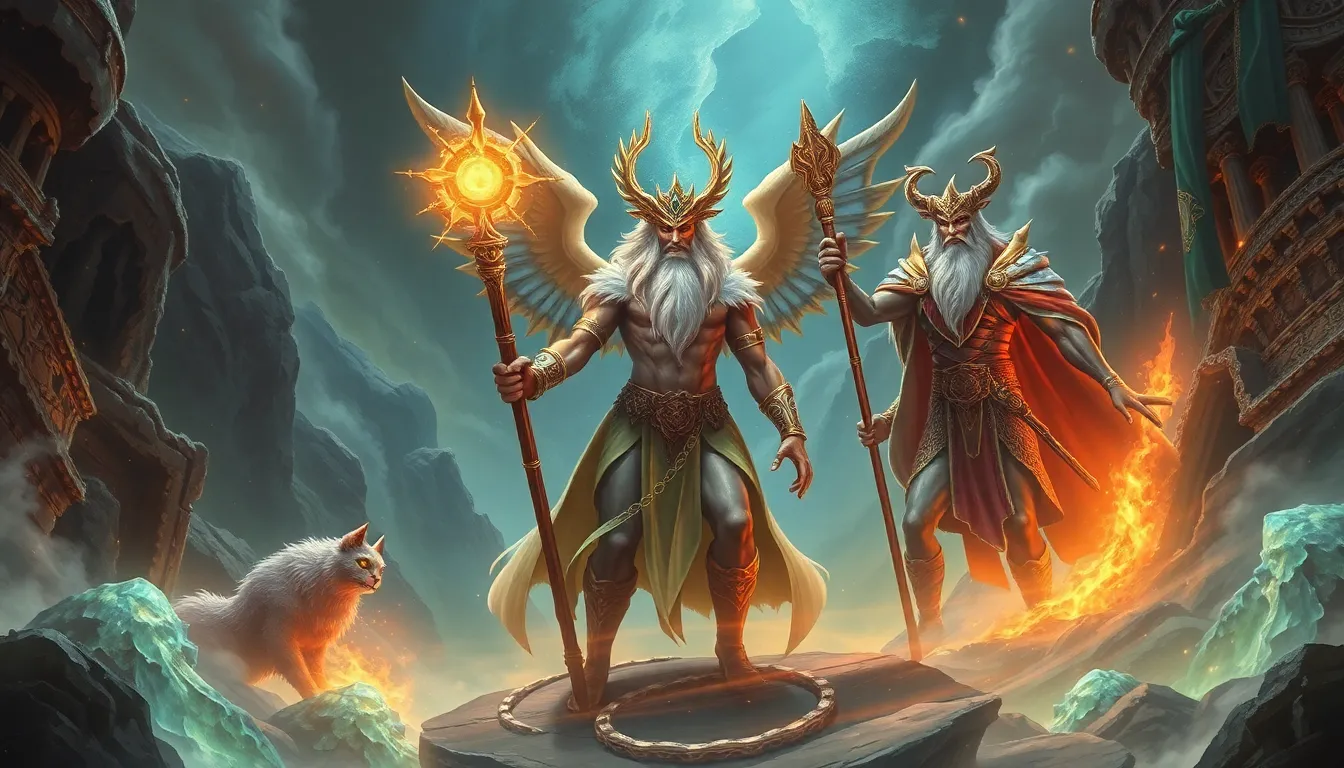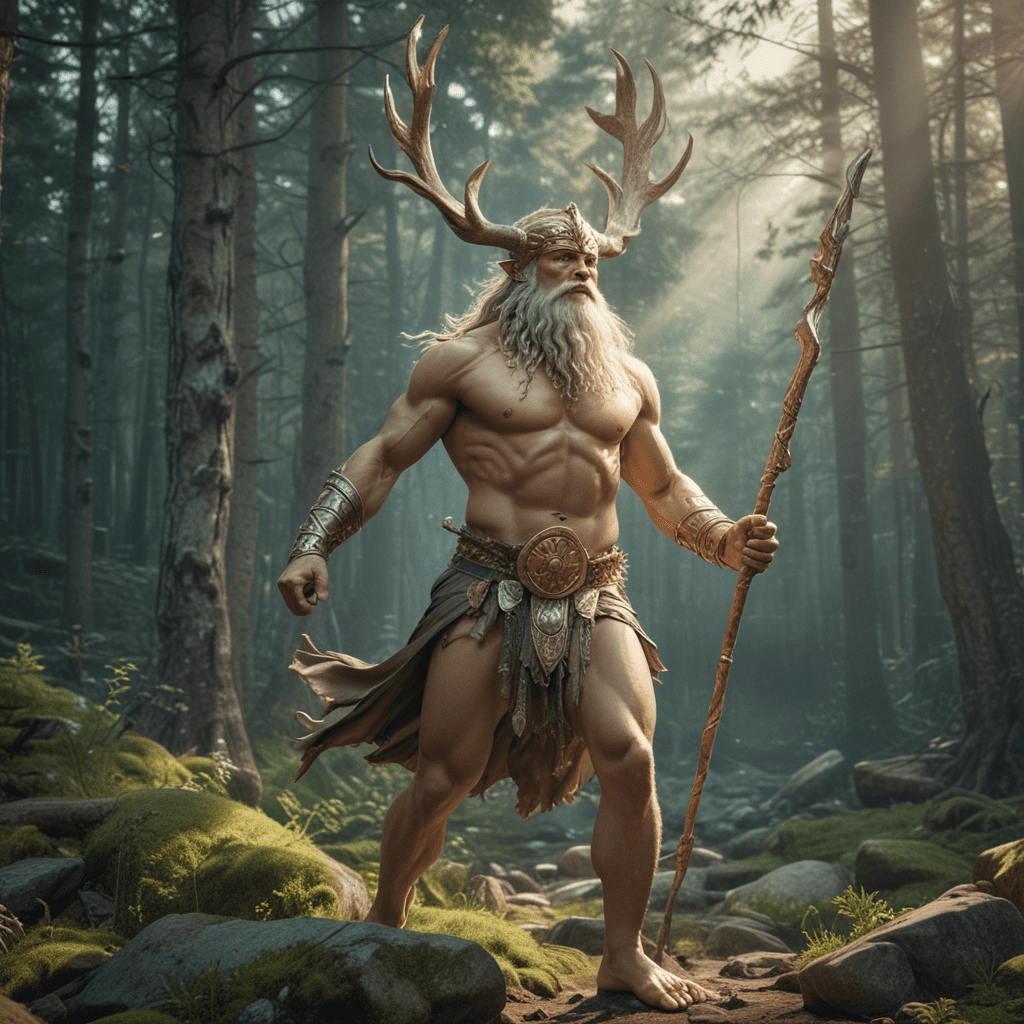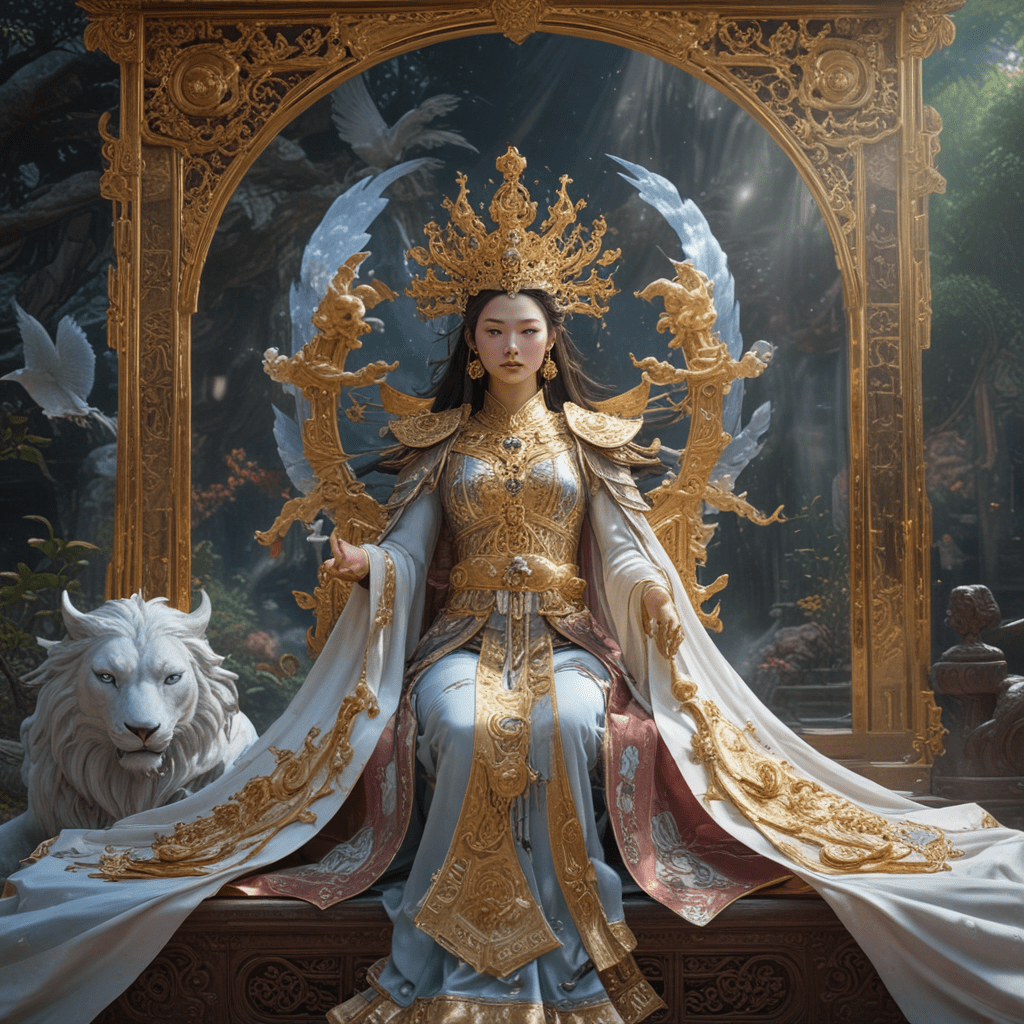Gods and Heroes: The Most Epic Mythological Confrontations
Introduction to Mythology and Its Significance
Mythology is a collection of stories and teachings that have been passed down through generations, often serving as a reflection of the values, beliefs, and cultural practices of ancient societies. These narratives provide insight into how early civilizations understood the world around them, the nature of existence, and the human condition. Gods and heroes occupy central roles in these tales, embodying ideals and moral lessons that help shape cultural narratives.
The significance of mythology extends beyond mere storytelling; it offers a framework for understanding ethical dilemmas, human emotions, and the forces of nature. Through the lens of gods and heroes, these myths convey timeless themes of bravery, sacrifice, and the struggle between good and evil, ultimately influencing the moral compass of the societies that embrace them.
Defining Epic Confrontations in Mythology
Epic confrontations in mythology are characterized by dramatic conflicts that often involve gods, heroes, and powerful forces. These battles serve several key purposes:
- Conflict: The essence of storytelling, conflict drives the narrative and gives rise to character development.
- Transformation: Characters often undergo profound changes through these confrontations, gaining wisdom or succumbing to their flaws.
- Cosmic Order: Many confrontations symbolize the struggle to maintain or restore order in the universe.
Through these epic battles, myths encapsulate the existential challenges faced by humanity, illustrating the eternal struggle between opposing forces.
Greek Mythology: The Titans vs. Olympians
One of the most famous epic confrontations in Greek mythology is the Titanomachy, the war between the Titans and the Olympian gods. This conflict represents a shift in power from the elder deities to a new generation of gods led by Zeus.
Key figures in this epic battle include:
- Cronus: The leader of the Titans, who feared being overthrown by his children.
- Zeus: The youngest son of Cronus, who rallied his siblings to challenge their father’s tyranny.
- Rhea: The mother of the Olympians, who helped Zeus escape Cronus’s wrath.
The Titanomachy resulted in the defeat of Cronus and the establishment of Zeus and the other Olympians as the new rulers of the cosmos, symbolizing the triumph of order over chaos.
Norse Mythology: Ragnarok – The Final Battle
In Norse mythology, Ragnarok signifies the prophesied end of the world, where gods and monsters will clash in a final, cataclysmic battle. This event encapsulates the themes of fate, sacrifice, and renewal.
Major players in Ragnarok include:
- Odin: The All-Father, who sacrifices himself for knowledge and leads the Aesir in battle.
- Thor: The thunder god, who faces the serpent Jormungandr in a deadly confrontation.
- Loki: The trickster god, who allies with the forces of chaos and betrayal.
Ragnarok represents not only destruction but also the promise of rebirth, as the world is destined to rise again after the chaos, reflecting the cyclical nature of existence.
Hindu Mythology: The Battle of Kurukshetra
The Mahabharata, one of the greatest epics in Hindu mythology, recounts the Battle of Kurukshetra, a conflict between two factions of a royal family. This battle is not merely a physical confrontation but also a profound exploration of duty, righteousness, and morality.
Central characters include:
- Arjuna: A skilled warrior who faces a moral dilemma about fighting against his own kin.
- Krishna: Arjuna’s charioteer and divine guide, who imparts the teachings of the Bhagavad Gita.
This epic battle emphasizes the complexities of dharma (duty) and the consequences of choices, making it a timeless narrative that resonates with contemporary ethical discussions.
Mesopotamian Myths: Gilgamesh and Humbaba
The Epic of Gilgamesh features the confrontation between the hero Gilgamesh and the monstrous guardian Humbaba. This story highlights themes of heroism, friendship, and the quest for immortality.
In this narrative, Gilgamesh, along with his friend Enkidu, embarks on a dangerous journey to the Cedar Forest, where they confront Humbaba. This battle is not only physical but also symbolic of the struggle against nature and the limits of human strength.
The quest for immortality ultimately leads Gilgamesh to realize that true heroism lies in the legacy he leaves behind, rather than in eternal life.
Egyptian Mythology: Osiris vs. Set
The conflict between Osiris and Set is a central theme in Egyptian mythology, representing the struggle between life and death, order and chaos. Osiris, the god of the afterlife, is murdered by his jealous brother Set, who embodies disorder and evil.
This myth explores themes of resurrection and the cyclical nature of life:
- Osiris: Represents life, death, and rebirth, symbolizing hope for the afterlife.
- Set: Represents chaos, destruction, and the challenges that must be overcome.
Osiris’s resurrection, facilitated by his wife Isis, underscores the importance of love, loyalty, and the belief in life after death in Egyptian culture.
Celtic Mythology: The Battle of Mag Tuired
The Battle of Mag Tuired is a significant event in Celtic mythology, consisting of two epic battles between the Tuatha Dé Danann and the Fomorians. These confrontations highlight themes of fate, prophecy, and the struggle for sovereignty.
Key figures include:
- Lugh: A powerful warrior and leader of the Tuatha Dé Danann, known for his skills and cunning.
- Balor: The monstrous leader of the Fomorians, whose eye brings death and destruction.
The battles emphasize the importance of destiny and the role of the hero in shaping the future, reflecting the deep cultural values of the Celts.
Comparative Analysis of Mythological Confrontations
While each culture’s mythological confrontations are unique, common themes emerge across different narratives:
- The Struggle for Order: Many myths depict the battle between order and chaos.
- Heroism and Sacrifice: Heroes often face insurmountable odds, showcasing bravery and selflessness.
- Moral Dilemmas: Characters frequently grapple with ethical choices that define their journeys.
These themes are influenced by cultural contexts and geographical settings, shaping the narratives in ways that resonate with the values and beliefs of each society.
Conclusion: The Enduring Legacy of Mythological Confrontations
The epic battles of gods and heroes in mythology continue to influence modern storytelling, serving as archetypes for conflict and character development in literature, film, and art. The themes of struggle, sacrifice, and the quest for meaning resonate with contemporary audiences, highlighting the timelessness of these narratives.
As we navigate the complexities of modern life, the lessons embedded in these mythological confrontations remind us of the enduring power of stories to shape our understanding of ourselves and the world around us.




